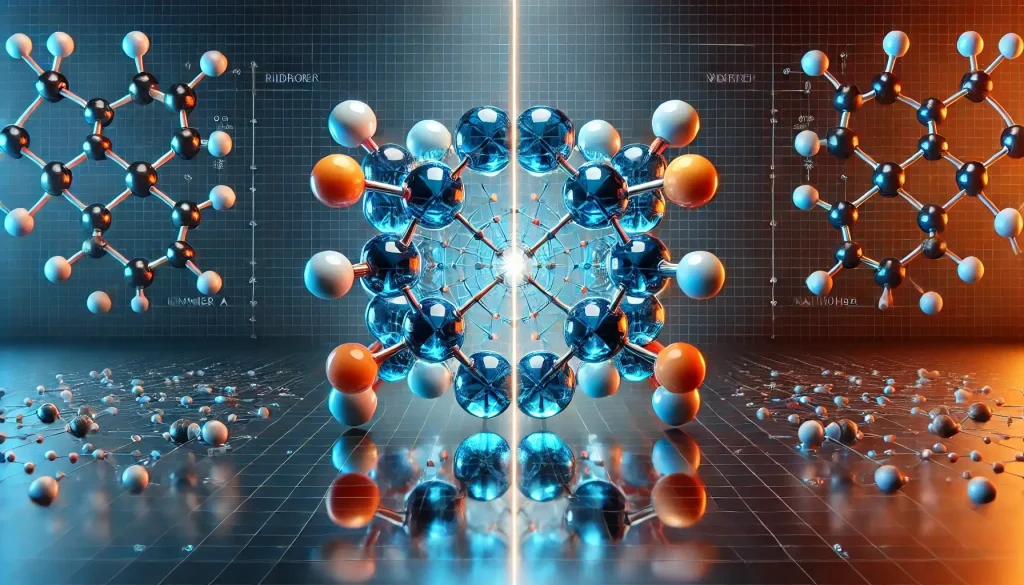Drug stability U-5 Notes
Buy Premium
Get The High-Quality Pdf Notes on App
Drug Stability
- Drug Stability
- Reaction Kinetics and Its Relevance to Drug Stability
Types of Reaction Orders
- Zero-Order Reactions
- First-Order Reactions
- Second-Order Reactions
- Determination of Reaction Order
Physical and Chemical Factors Influencing Chemical Degradation
- Temperature
- Solvent
- Ionic Strength
- Dielectric Constant
- Specific & General Acid-Base Catalysis
Stabilization of medicinal agents against common reactions
- Hydrolysis: Mechanism and Drug Groups Affected
- Oxidation: Mechanism and Drug Groups Affected
- Accelerated Stability Testing (AST) and Expiration Dating
- Photolytic Degradation and Its Prevention
Other Units of Physical Pharmaceutics II
Physical Pharmaceutics II
Other Subjects of B Pharmacy 4th Semester
Topic wise notes of:
Medicinal Chemistry I
- Fundamentals of Medicinal Chemistry
- Drugs Acting on the Adrenergic Nervous System
- Cholinergic neurotransmitters
- Drugs acting on Central Nervous System
- CNS Drugs: Anesthetics, Analgesics and Anti-Inflammatories
Topic wise notes of:
Pharmacognosy & Phytochemistry I
- Pharmacognosy: Sources, Classification, and Quality Control
- Conservation and Cultivation of Medicinal Plants
- Plant tissue culture
- Role of Pharmacognosy and Secondary Metabolites
- Drugs of Natural Origin: Plant, Marine, and Primary Metabolites
Topic wise notes of:
Pharmacology I
- Introduction to Pharmacology & Pharmacokinetics
- Pharmacodynamics & Drug Interaction
- Pharmacology of drugs acting on peripheral nervous system
- Pharmacology of drugs acting on central nervous system-1
- Pharmacology of drugs acting on central nervous system-2
Drug Stability and Reaction Kinetics – Summary
Unit V focuses on the stability of pharmaceutical drugs and the reaction kinetics involved in their degradation. It begins with an explanation of various reaction orders, including zero-order, pseudo-zero-order, first-order, and second-order kinetics, along with the units of rate constants and methods used to determine reaction order. Understanding these principles is essential for predicting the shelf-life and efficacy of pharmaceutical products.
The unit also explores physical and chemical factors that influence drug stability. These include temperature, solvent type, ionic strength, dielectric constant, and the roles of specific and general acid-base catalysis, all of which can accelerate chemical degradation.
Moreover, it discusses the stabilization of medicinal agents against common degradation reactions such as hydrolysis and oxidation. Various formulation strategies and the use of stabilizers are highlighted to enhance the stability and longevity of pharmaceutical products.
The unit also introduces accelerated stability testing, a crucial method used in determining the expiration dating of dosage forms under elevated stress conditions to predict long-term stability. Additionally, it covers photolytic degradation—light-induced decomposition—and outlines strategies for its prevention, such as using light-resistant packaging. This unit provides essential knowledge for ensuring the safety and efficacy of drug formulations over time.
At FirstHope, we provide BPharm notes that are topic-wise, easy to understand, and designed strictly as per the AKTU and Other Universities, hence designed according to PCI syllabus.
Thank you for reading from Firsthope's notes, don't forget to check YouTube videos!




